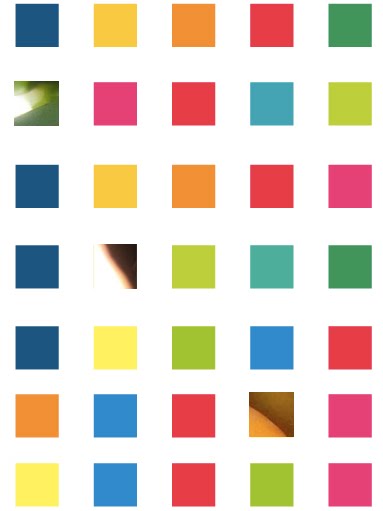
What would happen then if we had a digital dump?
The idea would be having a computer application that could connect everyone's trash with a common garbage repository on the internet.
It could be made by building a "recycle bin" that would basically stay close to the one commonly used, and where people could choose to put their trash in order to share it with the community.
An other option, but the twos are not exclusive, could be creating a warning that every time you dump something will ask if you want to share it or not.
The repository would be an internet resource miming what also happens for real in the design recycle process, that is basically reuse something that the society labelled as useless and try to give life to it again.
Recycle design in general, is maybe not the most productive solution for the environment problem, but it's in my opinion a huge statement regarding society and its attitude of selecting the right things to buy, choose, leave and be.
Who said that thing was useless? Who will be able to criticize the end result of those processes? And why things are actually thrown away?
This are some of the questions that are, among others, coming out approaching the topic:
Is everyone dumping the same kind of material? What does this material look like? What is it about?
Can we find connections between what we dump and our lives? Our way of thinking? Our opinion on society?
I have the feeling more are going to come!

















